
Suminagashi is a gorgeous type of paper marbling invented in Japan over 1,000 years ago. I wrote a post a while ago when I taught a suminagashi marbling class at Clark University and you can see every step of the process. Basically you float rings of black sumi ink (I really like using this Yasutomo brand sumi ink) on water with calligraphy brushes (this sumi brush set would work well), alternating with “white” rings of water mixed with dispersant – the “white” is actually just the color of the paper underneath. The woodgrain effect comes from the rings pushing closer and closer together and thinning out. Then you lay a piece of paper on top and pull the print! Each session of suminagashi yields just one print, so they’re all one of a kind.
I sewed this journal with a type of binding called chain stitch or coptic stitch. I’ve been doing this type of binding the most because I like that you can make the covers completely separately from the inner pages and just hold on them until you’re ready to sew them onto the filler pages with waxed linen thread.
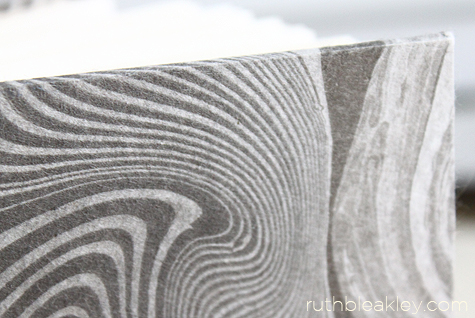
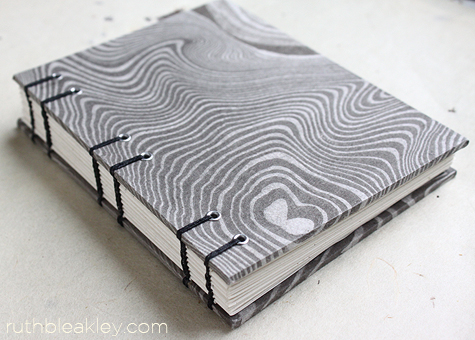
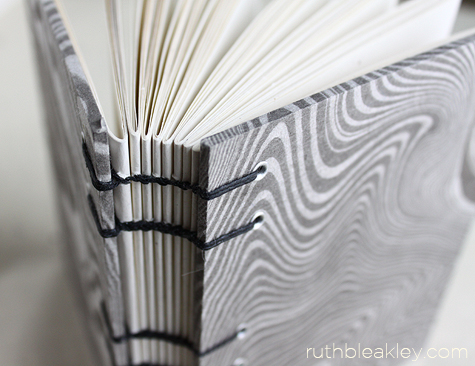 Â
this post contains affiliate links
Â
this post contains affiliate links
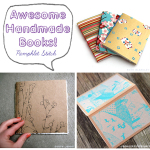
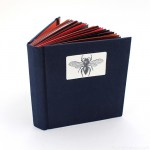
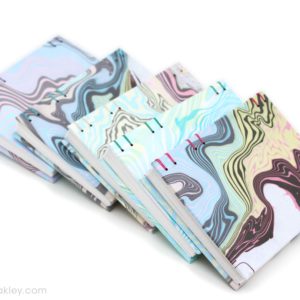
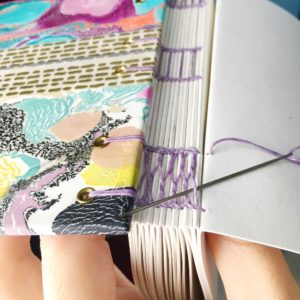
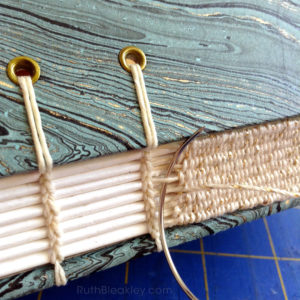




7 Comments
Lovely book Ruth! I really like the Suminagashi technique and the paper you used on the covers is a beautiful example of it.
Thanks Gentian – I love suminagashi too – it’s much easier to setup and cleanup than any other marbling techniques I’ve tried
Beautiful! What paper did you use? I’ve been wanting to use suminagashi prints as covers but can’t find a thicker/sturdier paper that absorbs the ink. Thanks!
Hi Kimi! I actually used very thin kozo paper – when I glued it up I used rice starch and saturated the paper – but the ink didn’t bleed.
[…] marbling adventure doesn’t have to stop at endsheets, you could also experiment with marbling the coverboards, the book cover material or even the book block […]
[…] Capa criada através de Suminagashi (via) […]
[…] which means “floating ink” simply refers to ALL paper marbling, not just the black and white rings that I thought of as “Japanese […]